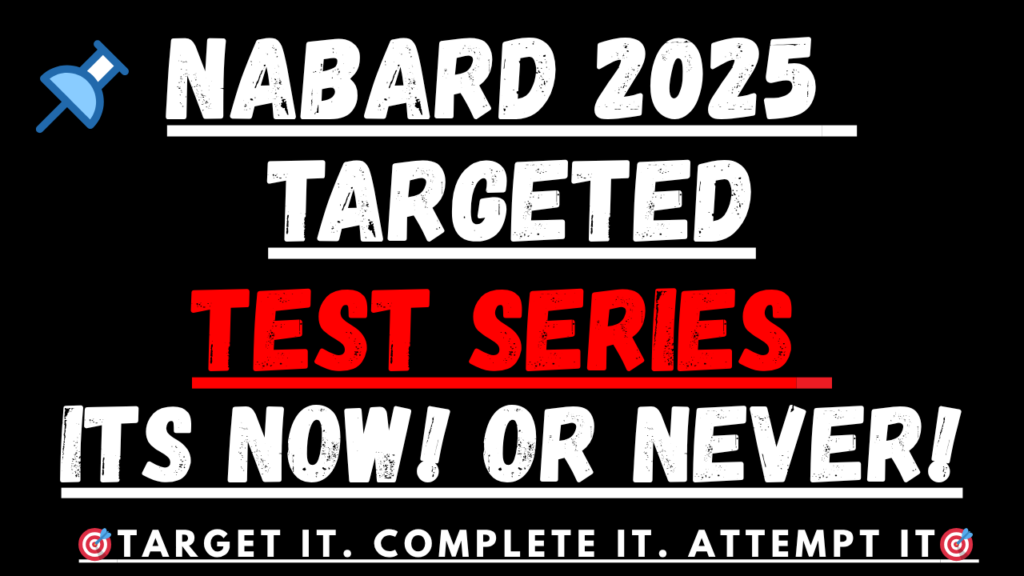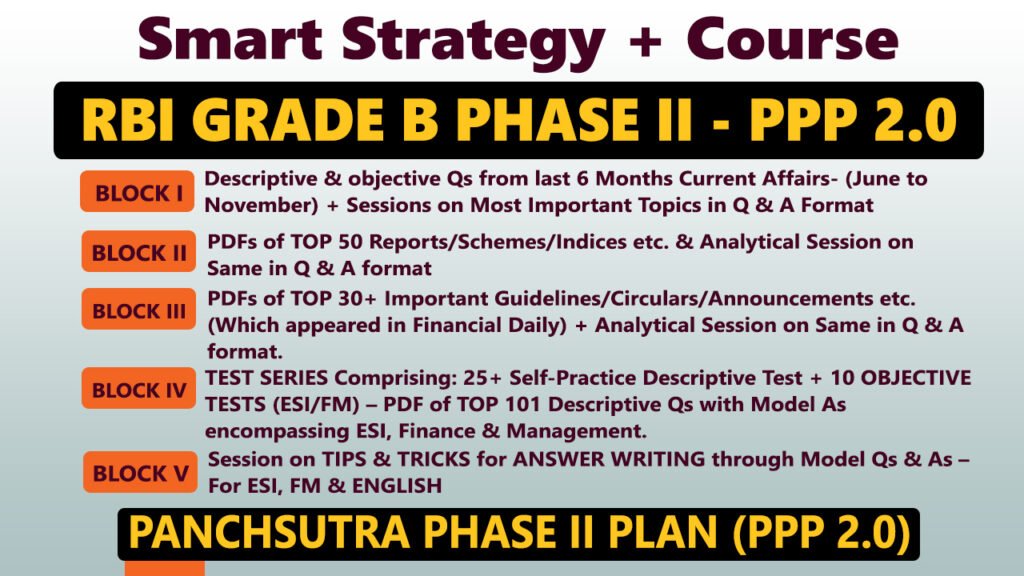Context:
Announced in the Union Budget 2024–25, the New Digital Credit Assessment Model for MSMEs was officially launched by the Union Finance Minister on 6th March 2025. This model empowers Public Sector Banks (PSBs) to assess creditworthiness of MSMEs using digital footprints instead of traditional document-based methods.
Key Features of the Model:
- In-House Credit Assessment by PSBs:
- Shifts from external assessments to in-house, data-driven evaluations by public sector banks.
- Digital Footprint-Based Scoring:
Banks evaluate MSMEs using digitally verifiable data sources such as:- PAN verification via NSDL
- Mobile/email verification through OTP
- GST data via APIs
- Bank statement analysis through account aggregators
- ITR upload and verification
- Credit bureau checks (CICs)
- Fraud detection APIs
- Automated Loan Journeys:
- Objective decision-making mechanisms for Existing-to-Bank (ETB) and New-to-Bank (NTB) borrowers with system-generated limit assessment.
- Faster Turnaround Time:
- Loan decisions are now made within one day, significantly faster than traditional manual underwriting.
Traditional vs. New Approach
| Aspect | Traditional Model | New Digital Model |
|---|---|---|
| Assessment | Manual, paper-based | Fully digital, automated |
| Data | Physical documents | Real-time digital data via APIs |
| Decision Time | Several days | Within 24 hours |
| Subjectivity | High | Reduced due to rule-based system logic |
| Fraud Risk | Higher risk of misrepresentation | Lower due to system checks and digital verifiability |
Benefits to MSMEs
- Online, paperless application and reduced need for branch visits
- Instant in-principle sanctions and reduced turnaround time (TAT)
- Greater transparency and objectivity in credit decisions
- System-based scorecards aligned with each bank’s credit risk management policy
Implementation & Impact
- Rollout Status: Live across all PSBs, with varying loan amount thresholds.
- Applications Sanctioned (1 April – 15 July 2025):
A total of 98,995 MSME loan applications approved using the new model. - No change in basic eligibility norms, but assessment is simplified and standardized digitally.



















